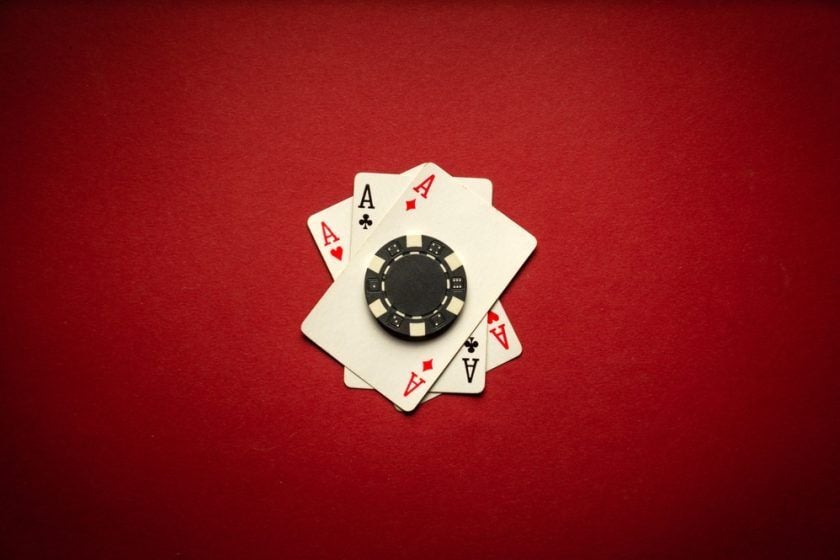Short Deck Poker: The Ultimate Guide for Players

Understanding Short Deck Poker: Key Concepts and Overview
Short Deck Poker, sometimes called 6+ Hold’em, has reimagined traditional Texas Hold’em by reducing the deck to just 36 cards-removing all 2s, 3s, 4s, and 5s. That change makes for bigger hands, frequent action, and a fresh twist on poker’s classic strategy. Popular with elite players and increasingly featured at prestigious events, Short Deck demands quick thinking and adaptability.
Here are the core points every beginner should know:
- The game uses only the cards 6 through Ace in each suit, creating new probabilities and hand values.
- Hand rankings differ, for example, a flush beats a full house due to its rarity in this format.
- Stronger hands are common, requiring more aggressive and cautious strategies.
- Player position is critical, so acting last delivers substantial advantages.
- Variance is higher than in regular Hold’em, so solid bankroll management becomes essential.
Short Deck Poker has surged in popularity among top pros and is even making appearances at the World Series of Poker. High-stakes legends like Tom Dwan and Phil Ivey have helped popularize this thrilling variation.
How to Play Short Deck Poker: Rules and Game Structure
Short Deck Poker first gained traction in the high-stakes cash games of Asia before spreading worldwide. Its growing appeal led to two featured events at the 2023 World Series of Poker, showcasing winners like Thai Ha and Martin Nielsen in large, competitive fields.
Here’s what sets Short Deck apart:
- The deck is reduced to 36 cards, with all 2s through 5s removed, leaving only 6s through Aces in every suit.
- Each player receives two hole cards, just like Texas Hold’em.
- After the initial betting round, three community cards (the “flop”) are dealt, followed by further betting.
- The fourth and fifth community cards (“turn” and “river”) are revealed with additional betting rounds.
- Surviving players enter a showdown, with the highest-ranking hand taking the pot.
This streamlined deck dramatically boosts the frequency of stronger hands, making every round more intense and often more profitable for skilled and adaptable players.

Unique Hand Rankings in Short Deck Poker
Using a shortened deck creates dramatic shifts in hand rarity and value. In Short Deck Poker, it’s significantly harder to land a flush because each suit only has nine cards remaining. As a result, the hand rankings are adjusted, with the most notable switch being a flush beating a full house.
Additionally, the ace plays a unique role, acting as both the highest and lowest card in a straight. Instead of the traditional “wheel” straight (A-2-3-4-5), players now use the ace as the low end in the only possible small straight (A-6-7-8-9).
The following table highlights the differences between standard Texas Hold’em hand rankings and those in Short Deck Poker:
| Short Deck Hand Rankings | Standard Hold’em Rankings |
|---|---|
| Royal Flush | Royal Flush |
| Straight Flush | Straight Flush |
| Four of a Kind | Four of a Kind |
| Flush | Full House |
| Full House | Flush |
| Straight | Straight |
| Three of a Kind | Three of a Kind |
| Two Pair | Two Pair |
| Pair | Pair |
| High Card | High Card |
Memorizing these changes is crucial to avoid costly mistakes and to maximize your winnings in this dynamic game.
Essential Short Deck Poker Strategies
Mastering Short Deck Poker means rethinking many classic Texas Hold’em strategies. Here are some vital tips to give you an edge:
- Favor premium starting hands like big pocket pairs and broadway suited connectors (e.g., A-K suited or K-Q suited).
- Playing suited starting hands can provide more opportunities for flushes, which can be more valuable in this format.
- Big suited drawing hands often outpace strong pocket pairs-A-K suited, for example, is roughly a 60% favorite over mid-range pairs.
- More aggressive betting is often rewarded, but be alert for strong hands in your opponents’ ranges due to the increased likelihood of high pairs or straights.
- Limping into pots is more common, but remember: with more big cards in play, your seemingly strong hand can quickly become second-best.
- Statistical differences: The chance of being dealt a pocket pair rises from just under 6% in standard Hold’em to about 8.6% in Short Deck, changing how often such hands collide; open-ended straight draws occur almost 46% of the time, compared to just over 31% in classic Hold’em.
- Flush draws are tougher, with only about a 30% chance to hit by the river after the flop, versus 36% in regular Hold’em.
As always, playing in late position is vital-it lets you read the table and make smarter post-flop decisions.

If you’d like an in-depth video overview and hands-on strategies, consider checking online resources or poker coaching content for actionable tips.
Adapted Odds Calculation: The "Rule of 6 and 3"
Odds calculation is crucial in all forms of poker, and Short Deck changes these metrics dramatically. Instead of using the classic “rule of 4 and 2” (multiplying your outs by 4 after the flop or 2 after the turn for rough hand improvement percentages), Short Deck uses the “rule of 6 and 3” for better accuracy:
- After the flop: Multiply your outs by 6 to estimate the probability of hitting your hand by the river.
- After the turn: Multiply your outs by 3 to determine your river chances.
For example, with four cards to a flush (9 outs):
- After the flop: 9 outs × 6 = 54% chance to hit the flush by the river.
- After the turn: 9 outs × 3 = 27% chance to hit on the river.
These calculations aren’t exact, but they provide valuable in-game estimates for making the optimal play.

Where to Find and Play Short Deck Poker
Short Deck Poker’s popularity means it’s now available at many online platforms-often with lower stakes ideal for learning and practicing without major risk. In the live arena, Short Deck is found in high-stakes games and occasionally at major tournament series like Triton Poker events. While its presence at the World Series of Poker fluctuates, it remains a favorite among poker pros and high rollers.
As strategies and tactics for Short Deck Poker continue to evolve, now is a great time to explore this action-packed game, refine your skills, and join one of poker’s fastest-growing communities.













